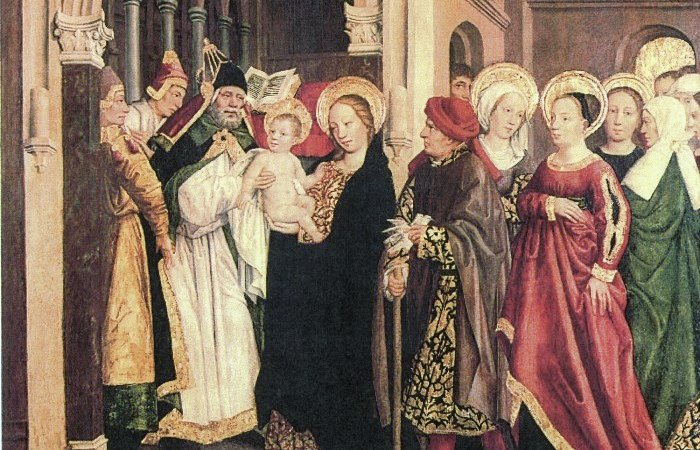
In the Church’s Liturgy, each new calendar year begins with what may be called “Epiphany afterglow.” Until 1955, the Roman Church celebrated an octave, or eight days, of Epiphany, which means literally “to shine upon.”
Pope Pius XII suppressed the octave of Epiphany, but the biblical texts that showed the “afterglow” were retained. Some non-Catholic Christian traditions have, as recently as 2,000 A.D., restored the tradition of “Epiphanytide” to last from the Epiphany through the Feast of the Presentation of the Lord on Feb. 2.

Even in the Roman Catholic calendar, the biblical selections for Masses that are proclaimed through Feb. 2 all reveal in further depth the great Light that has shone upon the world. From the heavenly declaration at His baptism that the adult Jesus is God’s “beloved Son” to the miracle at the Wedding Feast of Cana to healings Jesus effects on the sick, a divine light continues to shine upon the world.
The Feast of the Presentation of the Lord in the temple reverts to a depiction of the infant Jesus, but it summarizes by Simeon’s words to Mary the true purpose of this light. As Mary and Joseph present their son in the temple and offer the sacrifices prescribed by the law, they show that the light came not to completely discard religious rituals.
The scene shows that Jesus arrived to purify ritual and then suffer humanity’s vengeance as Simeon says to Mary “this child is destined for the fall and rise of many in Israel, and to be a sign that will be contradicted and you yourself a sword will pierce so that the thoughts of many hearts may be revealed.”
From then onward Jesus will be persecuted for attempting to purify the religious practices of His day while both He and His followers will have literal and figurative swords thrust through their hearts as they attempt to “hear the Word of God and observe it.”
Interestingly, there are still vestiges of this ongoing epiphany in the Roman Catholic tradition. A quick live webcam glimpse of St. Peter’s Square in Rome shows that both their Christmas tree and crèche are still standing and will remain so through Feb. 2. If you haven’t yet de-decorated, worry not!
Many parishes have restored the custom of maintaining their Nativity scenes on display until the Presentation of the Lord. Historically, on that day, the candles for the entire next liturgical year were blessed as a sign that even though the Christmas trappings were thereafter removed, the light continued to shine upon Christ’s purified ritual.
Even believers who burned candles in their homes for various reasons were encouraged to bring them to their parishes so they could be blessed and thereby emit the safety of the Light of the World far and wide.
With electricity and flashlights, we may no longer need candles at home. Yet the Christ-light continues to shine upon the altars of the world each time His Body and Blood are made present anew.

